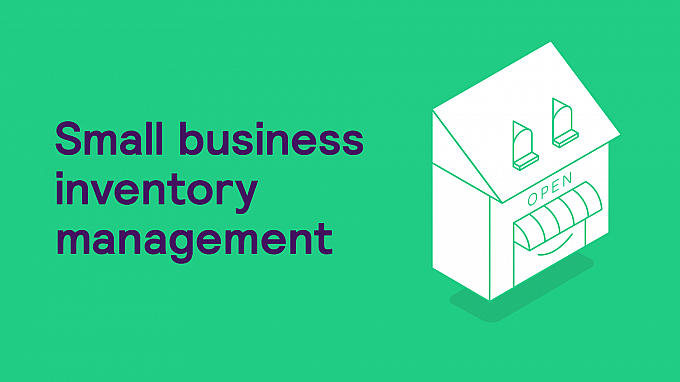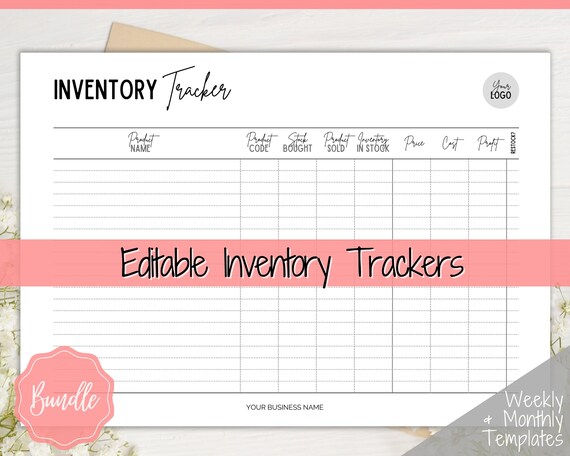
- HOW DO I DO INVENTORY FOR SMALL BUSINESS HOW TO
- HOW DO I DO INVENTORY FOR SMALL BUSINESS VERIFICATION
- HOW DO I DO INVENTORY FOR SMALL BUSINESS SOFTWARE
- HOW DO I DO INVENTORY FOR SMALL BUSINESS CODE
POS mechanism can be used by scanning the items and it can be nearly as useful as physical counting. While stock count should be started with inventory in hand, spot counts should be matched to invoice or purchase orders.
HOW DO I DO INVENTORY FOR SMALL BUSINESS HOW TO
Related article How to Organize Business Receipts? 4 Importance Tips This can include spot counts at the time of receipt of the product from the vendor. To catch these mistakes, counts should be done in a smaller time period. For tax purchases, annual counting is a must and done at the end of the fiscal year.ĭoing physical counts helps to reduce shortages, displacement, and errors in receipt of stocks.
HOW DO I DO INVENTORY FOR SMALL BUSINESS VERIFICATION
All the irregularities and reconciliations can be easily solved through physical verification and counting of inventories. However, this process is a must for small businesses. This is a very time-consuming task and excessively mundane. Some inventory might even arrive prelabeled with manufacturer’s bar codes, which you can also track in your POS. Ted, labels can be affixed directly to product packaging or attached to hang tags. These scanners also come with the function of effective labeling and scanning.
HOW DO I DO INVENTORY FOR SMALL BUSINESS CODE
The point of sale mechanism emphasizes the use of bar code scanners. The use of good allocation of time to tag and labeling of inventory helps in making quick checkout of the product. Tagging means allocating the prices and affixing price tags while product label displays mean using bar code labels, tracking the inventory to speed checking out i.e. This means managing the products on your hand. This is the step when the inventory comes into the hands of small businesses. Further, it helps to track various post-sales aspects such as vendor billing information, payment terms, and contact of the vendor.

Using the Point of Sale mechanism helps to keep product details organized and in real-time. Related article What is Outsourced Accounting? & How Does It Work? The various details that need to depicted are product name, a short description of the product, product category, sizes, regular selling price, reorder quantities, details of the package, etc. They need to record each product’s information along with subsequent vendor details. They need to organize data using a point of sale mechanism. They can use excel sheets however they need to manually organize their spreadsheet.
HOW DO I DO INVENTORY FOR SMALL BUSINESS SOFTWARE
Small businesses need to set up stock and vendor information in their software or daily books. The stock re-order alerts can also tell which items are sold fast and slow and which needs refilling or restocking early. Purchase order management helps the owners to estimate the cash flows of the business and also the need to re-stock the inventory levels. Managing purchase orders helps in tracking the movement of stock purchases efficiently to placement and payment of bills. Purchase orders are used for the requisition of raw materials or goods to make resale. Small businesses shall start with creating and submitting accurate purchase orders. Here are the ways small businesses can use to organize their inventory: 1) Managing purchase orders Small businesses need to be cost-effective in the selection of various methods of inventory management.

How to organize Inventory for small businesses? Inventory management helps to know when to re-stock inventory, what amounts to purchase or produce, what price the products can be sold as well as the timing of sales to be made. The process includes the management of raw materials, components as well as finished goods.įurther, the management of warehoused products and work in process items also fall under efficient inventory management.


Inventory management is the efficient mechanism of ordering, storing, and use of the company’s inventory.


 0 kommentar(er)
0 kommentar(er)
